Between bouts of that far from shabby, still shocking masterpiece Tosca, Royal Opera music director Jakub Hrůša went for fleshcreep: too little of Bartók's The Miraculous Mandarin – given a chorus, he could have done the half-hour ballet, not just the suite – and too much of a spooky thing in a big Dvořák cantata.
The Spectre's Bride was last heard in London at the Proms conducted by Hrůša’s late master Jiří Bělohlávek. I’d only previously heard Rozhdestvensky feature it in a 1991 Prom, and was racking my brains to remember why it didn’t stick. Here’s the reason. Imagine, with a bit of poetic licence, the scene in Birmingham in 1883, where the festival committee tells Dvořák he’s been such a hit in Britain that they want to commission a 90-minute cantata from him. “Fine,” says Dvořák, “I’d like to set it to a folk balled by my compatriot Erben, though to be honest I could probably do it best at a third of the length”. Which he later did with other Erben tales in four tone-poems which are among his absolute masterpieces. That The Spectre’s Bride isn’t can be ascribed to its endless repetitions, the unnecessary stops and starts between sequences as an unfortunate maiden who’s lost her entire family agrees to ride off in the middle of the night with her returned sweetheart, rather slow to realise he’s a ghost up to no good.
Inspiration is plentiful, all the same: in the careful unfolding of themes through the finely-scored orchestral introduction, in some of the spectre-tenor’s chilling responses to the guileless girl, in the romp of cadavers told by the narrator (a baritone) and chorus, and above all in the exquisite epilogue just when you were expecting an orotund Christian choral message. 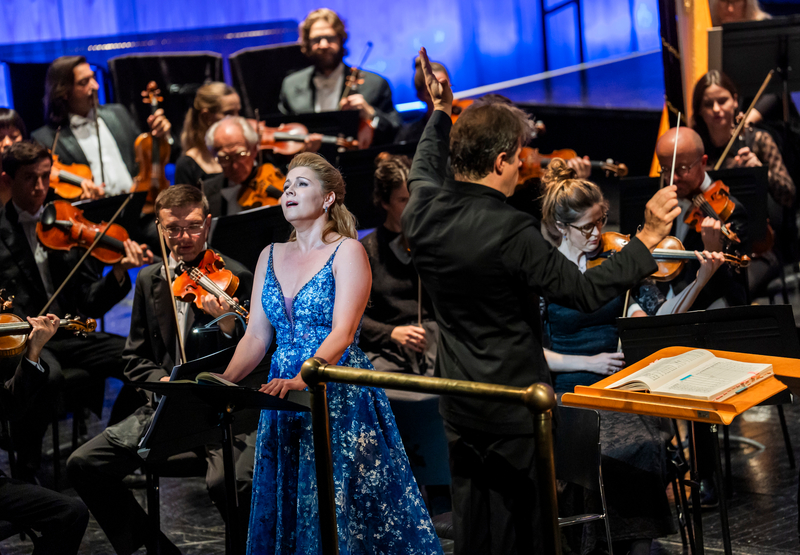 Hrůša, absolute master of everything he touches and always clear in intent, made these passages shine and coruscate. But the knockout, as one might have predicted from her stunning performance as Smetana’s heroic princess Libuše with Hrůša and the Czech Philharmonic – I caught the airing in Smetana’s home town of Litomyšl, but it’s the Prague performance which should reach CD – was soprano Kateřina Kněžíková (pictured above). She has an unerring luminosity at the top of the register which makes her the natural successor to another beautiful voice, that of Gabriela Beňačkova; both use the instrument with such intelligence and clarity of emotion, too.
Hrůša, absolute master of everything he touches and always clear in intent, made these passages shine and coruscate. But the knockout, as one might have predicted from her stunning performance as Smetana’s heroic princess Libuše with Hrůša and the Czech Philharmonic – I caught the airing in Smetana’s home town of Litomyšl, but it’s the Prague performance which should reach CD – was soprano Kateřina Kněžíková (pictured above). She has an unerring luminosity at the top of the register which makes her the natural successor to another beautiful voice, that of Gabriela Beňačkova; both use the instrument with such intelligence and clarity of emotion, too.
Nicky Spence, stepping in at relatively short notice for Pavel Černoch as the Satanic villain who, we learn from the chorus, would have ripped his fiancé’s beautiful body up into strips had he succeeded in his dastardly plan, showed his mastery of Czech, his gift for characterisation and some ringing sounds at full pelt. Idiomatic narrative came from Pavol Kubáň, though it’s unfortunate that his role suffers the endless repetition of the same lines. The moonlit ride, too, would work better without its endless interruptions, but you can blame Dvořák’s commission for that; even so the dark orchestral colours as the phantom horror asks his lady to give up the last of her religious trinkets did succeed in holding the tension. The choral part is safe and fun until a final breakout into fugue; it was irreproachably well done here. 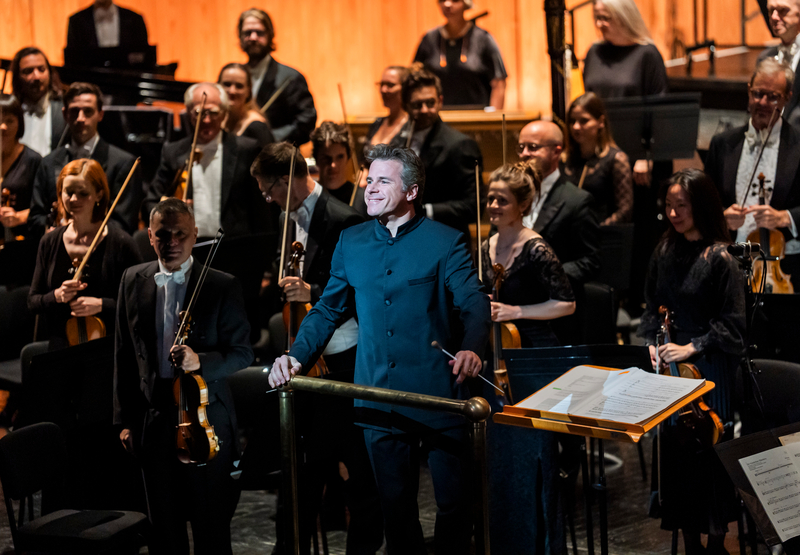 Clarinets in pairs gave us typical Dvořákian Bohemianness; the lone one with which the gang-oppressed girl in The Miraculous Mandarin lures her victim makes a very different sound. If the strings didn’t project Bartók’s frenetic opening cityscape from the stage as they might have done in the concert hall – brass made amends – the colours and shifts of this still radical-sounding score all came across under Hrůša's unerring control. It might have helped the audience, kept in the dark, to be able to read descriptors for the various stages in this ballet-pantomime, such as the Philharmonia provided in its Bartók series; but maybe the story’s so horrid and unsound that ignorance could be bliss.
Clarinets in pairs gave us typical Dvořákian Bohemianness; the lone one with which the gang-oppressed girl in The Miraculous Mandarin lures her victim makes a very different sound. If the strings didn’t project Bartók’s frenetic opening cityscape from the stage as they might have done in the concert hall – brass made amends – the colours and shifts of this still radical-sounding score all came across under Hrůša's unerring control. It might have helped the audience, kept in the dark, to be able to read descriptors for the various stages in this ballet-pantomime, such as the Philharmonia provided in its Bartók series; but maybe the story’s so horrid and unsound that ignorance could be bliss.







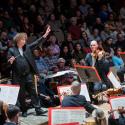
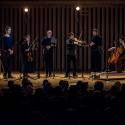
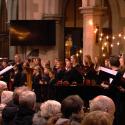
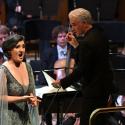



Add comment